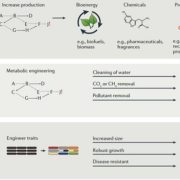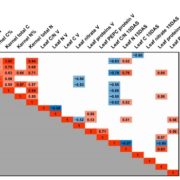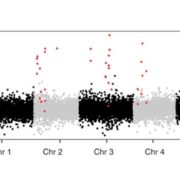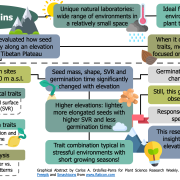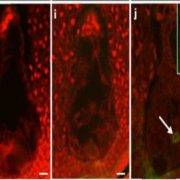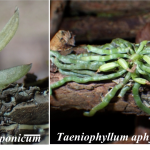Improving harvest index under drought stress in rice
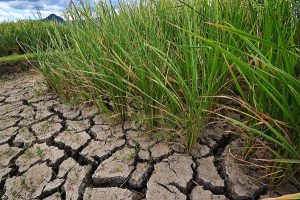 Harvest index (HI) is the ratio of grain yield to the sum of grain, leaf, and stem biomass. HI is affected by environmental conditions such as water availability. Previously, carbohydrate remobilization from stem to grain has been shown to be affected by drought (which in rice contributes to C remobilization) and to contribute to HI. In an effort to improve HI under drought conditions and to untangle plant water status from C remobilization, Dwivedi et al. (2023) observed plant water status and carbohydrate remobilization in stems of 12 rice genotypes. Unlike drought-sensitive genotypes, drought-tolerant genotypes can produce stable HI in both drought and well-watered conditions. In these genotypes, the availability of water facilitates enhanced carbohydrate accumulation and remobilization, as observed from the increased starch content in the stems. However, drought induces carbohydrate remobilization into grains during the filling stage as a temporary response to water deficiency. Thus, drought-responsive genotypes produce significantly higher HI in drought conditions than well-watered medium. Nevertheless, drought-responsive genotypes show poor carbohydrate remobilization at maturity because stomatal conductance is decreased. Therefore, Dwivedi et al. suggest selecting drought tolerant varieties like Aus 257 and Wanni Dahanala, which show stable HI in both well-watered and drought conditions is useful for crop improvement across different environments. (Summary by Kumanan N Govaichelvan, @NGKumanan). Rice Journal 10.1186/s12284-023-00631-6
Harvest index (HI) is the ratio of grain yield to the sum of grain, leaf, and stem biomass. HI is affected by environmental conditions such as water availability. Previously, carbohydrate remobilization from stem to grain has been shown to be affected by drought (which in rice contributes to C remobilization) and to contribute to HI. In an effort to improve HI under drought conditions and to untangle plant water status from C remobilization, Dwivedi et al. (2023) observed plant water status and carbohydrate remobilization in stems of 12 rice genotypes. Unlike drought-sensitive genotypes, drought-tolerant genotypes can produce stable HI in both drought and well-watered conditions. In these genotypes, the availability of water facilitates enhanced carbohydrate accumulation and remobilization, as observed from the increased starch content in the stems. However, drought induces carbohydrate remobilization into grains during the filling stage as a temporary response to water deficiency. Thus, drought-responsive genotypes produce significantly higher HI in drought conditions than well-watered medium. Nevertheless, drought-responsive genotypes show poor carbohydrate remobilization at maturity because stomatal conductance is decreased. Therefore, Dwivedi et al. suggest selecting drought tolerant varieties like Aus 257 and Wanni Dahanala, which show stable HI in both well-watered and drought conditions is useful for crop improvement across different environments. (Summary by Kumanan N Govaichelvan, @NGKumanan). Rice Journal 10.1186/s12284-023-00631-6


